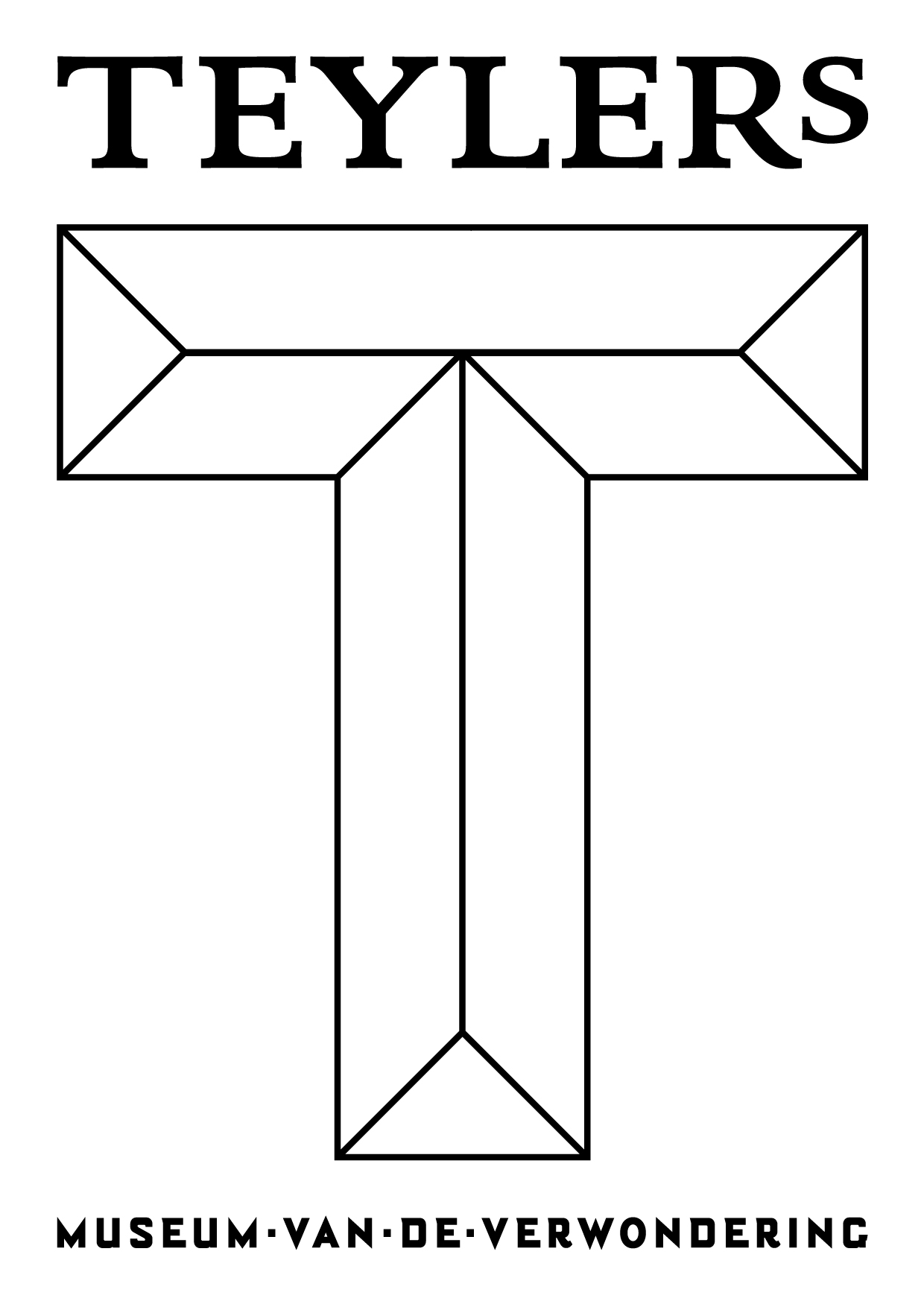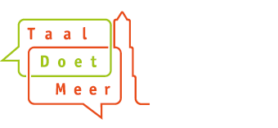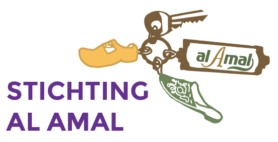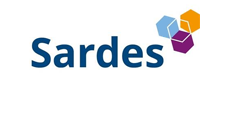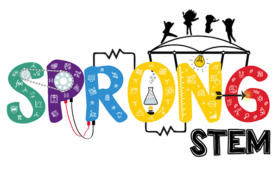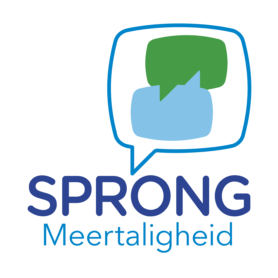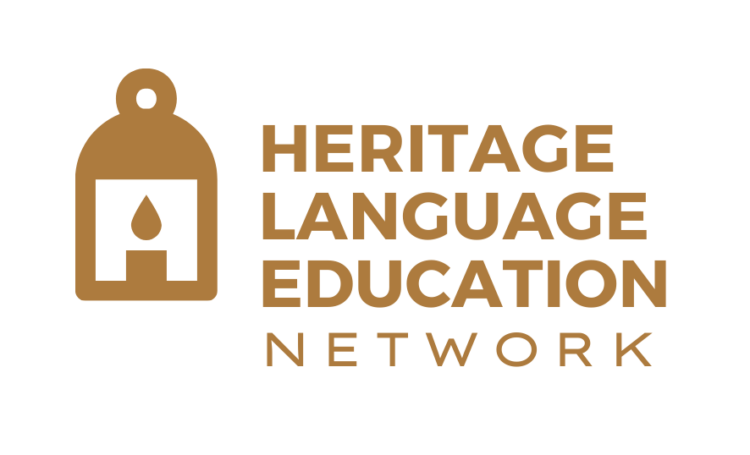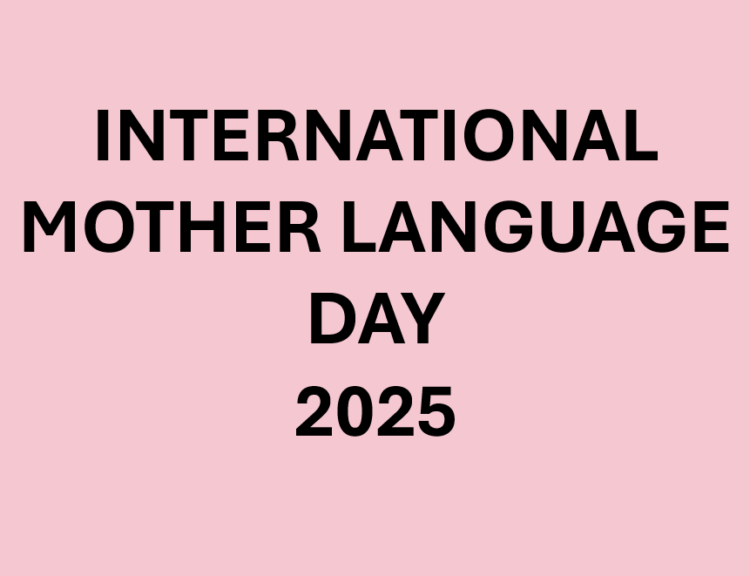
Why are mother languages important in education?
On International Mother Language Day (UNESCO), we’ve asked some of our Multi-STEM team members a simple question: Why are mother languages important in education? In this blog post you can read their answers.
Read more
Using languages through technology
How do you access knowledge in the home language, when a student is the only one in the group with their home language? Digital tools provide promising opportunities.
Read more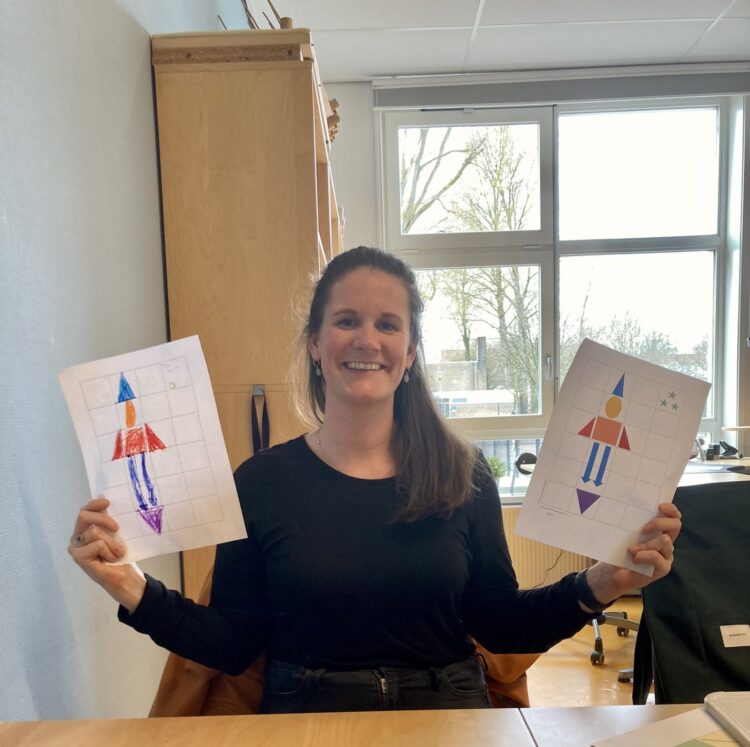
Co-designing a multilingual math activity with a caregiver of a multilingual child
At Multi-STEM, we’ve learned a lot about how to form, maintain, and nourish research practice partnerships with parents/caregivers of multilingual children. These learnings have been some of the most valuable learnings from Project: home (see: https://multistem.net/subprojects/home/). One of our most productive collaborations was with a mother of a multilingual child. Researcher Erin Gail MacDonald and…
Read more
Maintaining home languages in the Netherlands – what do children think?
Caregivers often make efforts for children to maintain their home languages – and adults have a lot of reasons for doing that! But what do children think about it? We talked to children about their motivations, challenges and opportunities when maintaining their home languages and here we present some of our key findings.
Read more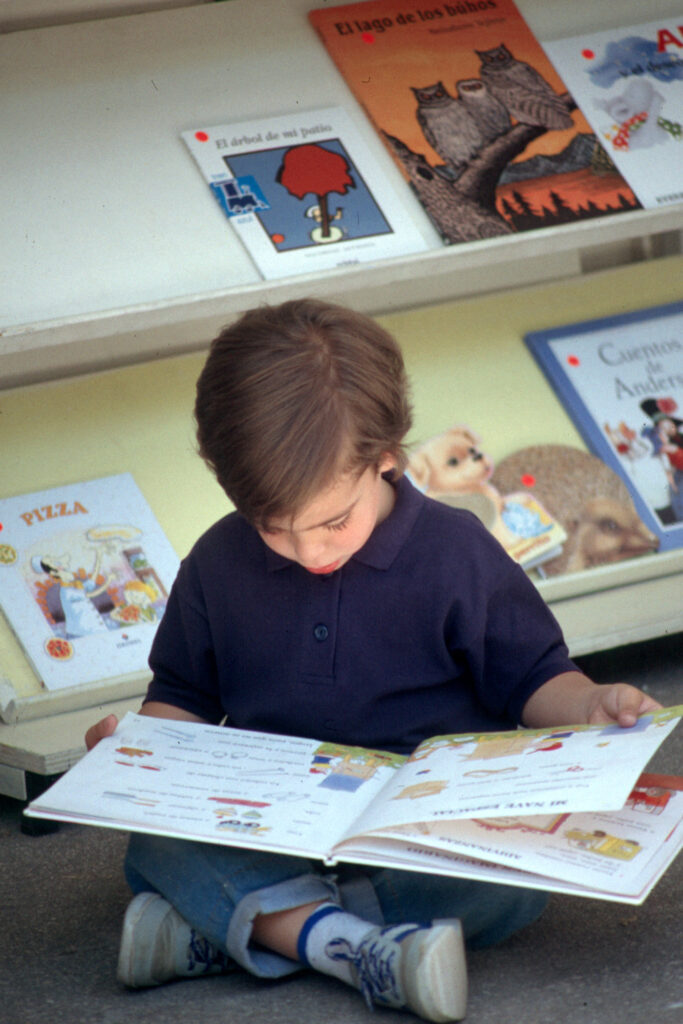
Multilingualism and Children’s Book Week
Children’s Book Week is an opportunity to appreciate multilingualism, leverage the knowledge of parents, and promote reading books in any language.
Read more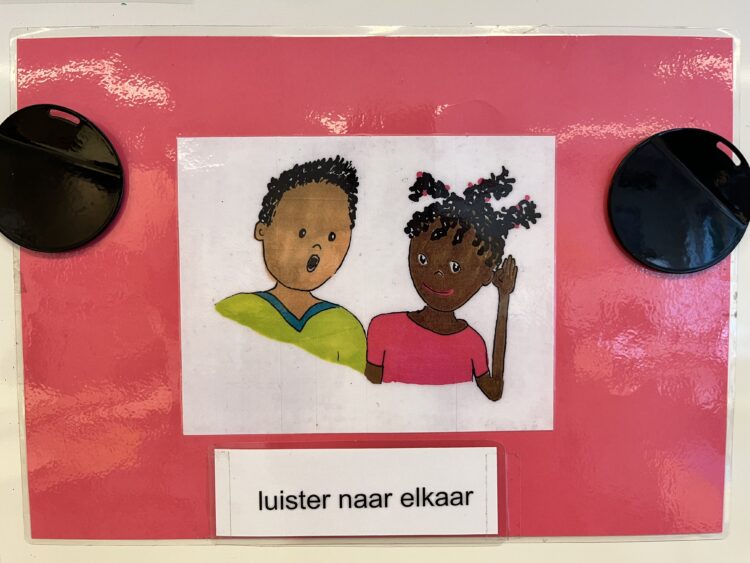
The value of a multilingual approach: a teacher’s perspective
Teachers Violet and Bart have developed multilingual routines in their newcomers classroom. Working in and with languages that they do not speak themselves has been challenging, but also very successful in many ways. Over the two years that Violet worked with us, she answered the following question on various occasions: Could you tell us about the added value of a multilingual approach? Here, you can read what she had to say about this.
Read more
The “Golden Weeks”—a great time to make space for multilingualism
The so called “Golden Weeks” are upon us—the first few weeks of the school year, where educators have the chance to set expectations and lay a stellar foundation for the coming year. This is an important time for teachers and school support staff, but also for students and caregivers: it’s a clean slate of sorts,…
Read more
A partnership between researchers and a science museum: A joint reflection
In this post, a researcher and a museum professional reflect on the co-design of bilingual instructions for a museum workshop for families. The goal was to make the workshop more inclusive and inviting to migrant families where parents and children may have different levels of Dutch proficiency. Check out the post to learn what our collaboration looked like!
Read more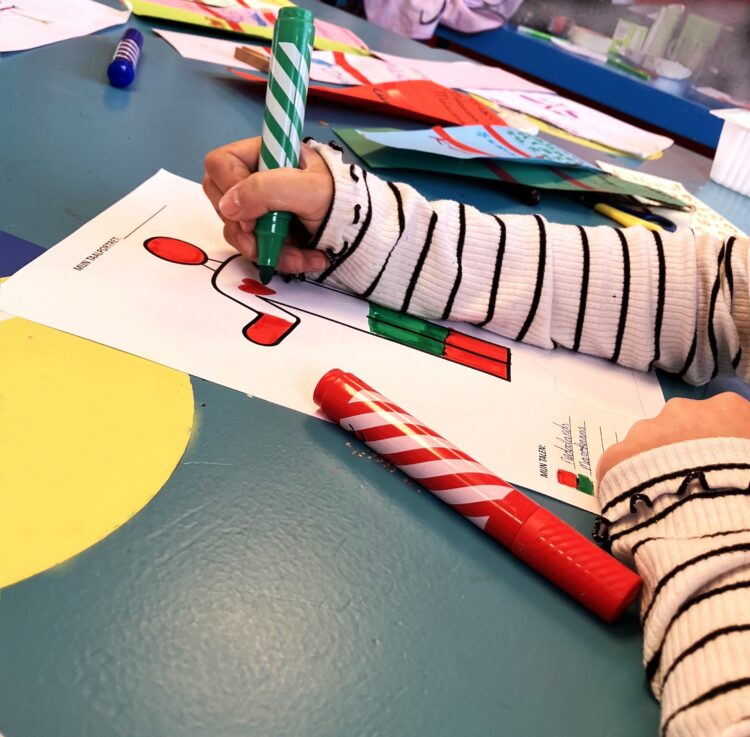
The power of language portraits: Get to better know your students
A language portrait is a visual representation of the languages a person knows. Both educators and caregivers can use this simple, yet powerful tool. The power of language portraits rests in their potential to foster conversations where people can feel seen, heard, and valued.
Read more
A parent perspective: Research Practice Partnerships
At Multi-STEM, we’re engaging in RPP’s (Research Practice Partnerships) in three contexts (home, science museums, school) to bring research and practice together. Working in RPP’s means working together with parents, caregivers, museum employees, teachers, school directors, and curriculum advisors throughout the research process, as each of these individuals provide a valuable perspective on supporting the…
Read more

